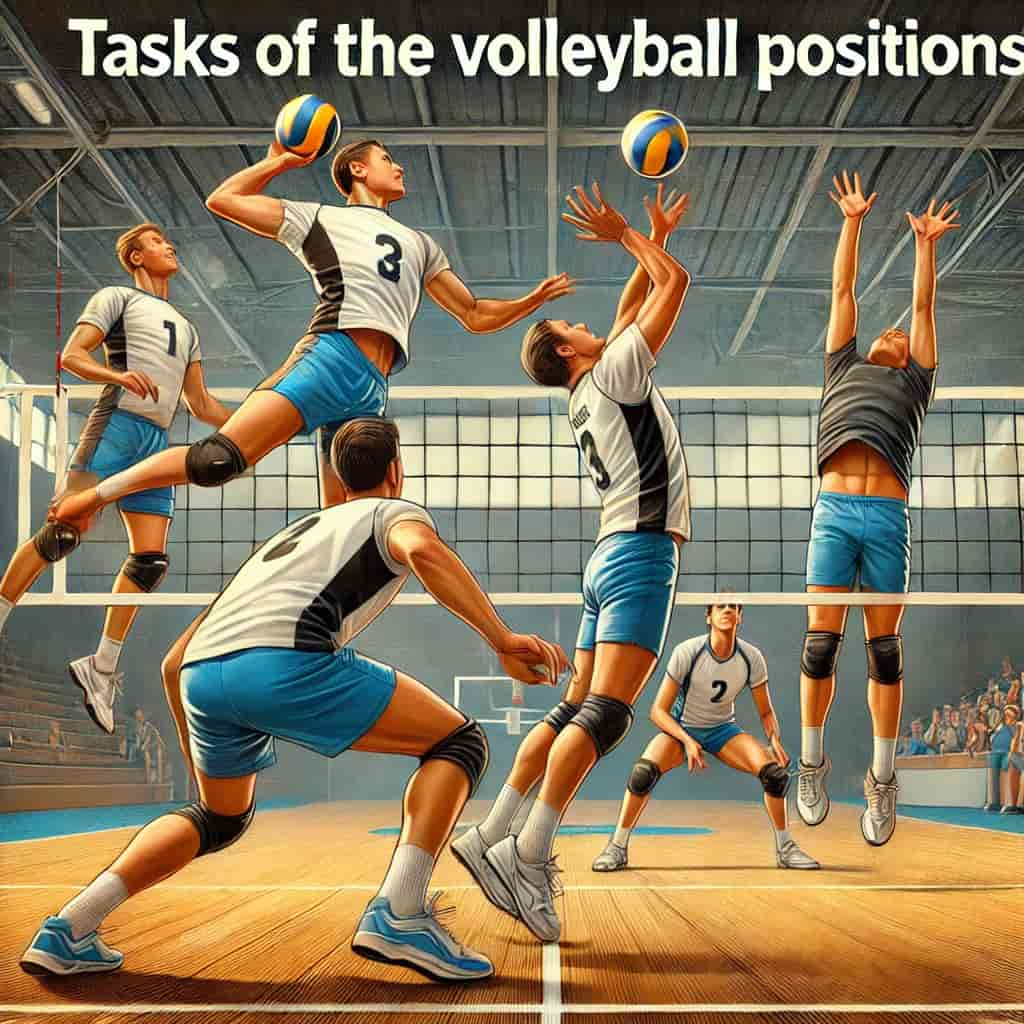
Understanding Volleyball Rotations for Beginners
Volleyball rotations can be confusing for many, especially those new to the sport. Tod Mattox, an experienced varsity girls’ team coach at The Bishop’s School in San Diego, has observed that coaches sometimes fail to effectively explain the strategy and rationale behind player positions during games. “Players often know their positions on the court, but not the reasons behind them,” Mattox notes.
In an effort to demystify this aspect, Mark Barnard, a coach from Oregon State, provides a helpful explanation through a whiteboard tutorial. This visual guide helps players understand not just where to stand, but also why their position is crucial in a particular rotation.
Fundamentals of Volleyball Rotations Explained
Understanding volleyball rotations is crucial for players to effectively coordinate their movements on the court. A practical method to teach these rotations is by using a whiteboard to visually map out each player’s position, which clarifies their relative locations to teammates during different phases of the game, like serving and receiving.
Here’s a simplified breakdown of the positions:
Front Row Positions:
- Left Front – Positioned in front of the Left Back (LB) and between the Middle Front (MF) and the sideline.
- Middle Front – Located in front of the Middle Back (MB) and between the Left Front (LF) and Right Front (RF).
- Right Front – Stands in front of the Right Back (RB) and between MF and the right sideline.
Back Row Positions:
- Right Back – Positioned behind the Right Front (RF) and between MB and the sideline.
- Middle Back – Set behind MF and between RB and LB.
- Left Back – Located behind LF and between MB and the sideline.

Key Moments for Player Rotation in Volleyball
In volleyball, player rotation occurs in a clockwise direction and is triggered when the team on the serve-receive side wins a point. For instance, if a player starts in the Middle Back (MB) position, they will move to the Left Back (LB).
Subsequently, the player in LB shifts to Left Front (LF), and this pattern continues for all six players on the team. This systematic rotation ensures that all players have the opportunity to participate in different roles throughout the game.
Server’s Role in Volleyball Rotations
In volleyball, the server does not participate in the rotation while serving. Positioned in the Right Back (RB) area, the server is technically not on the court during their serve. This allows them to serve from any point behind the end-line without needing to consider their position relative to other players, such as the Middle Back (MB) who is positioned to their left. This exception simplifies the server’s task, focusing solely on executing the serve effectively.
Read Also: 5-1 Volleyball Rotation [Top Strategies]
Selecting Serve-Receive Patterns in Volleyball
Coaches must use serve-receive patterns that leverage their team’s strengths within the established rotation rules. Jim Stone, a former coach at Ohio State, introduces three fundamental patterns in his tutorial: the “W,” “U,” and “Line.” These patterns are designed to optimize team formation and readiness during the serve-receive phase, enhancing the team’s overall performance on the court.

Understanding Volleyball Rotations
Clarifying Court Positions
According to coach Mattox, many volleyball coaches might not adequately explain the rules of volleyball rotations. It’s crucial to dedicate some additional time each week to review the fundamental concepts of player positioning and the sequence of team rotations. By reducing the need for players to concentrate on rotation during a game, they can better focus on crucial aspects such as hitting and passing.
Further Learning Resources
For more insights, consider exploring the following tutorials from Coach Mark Barnard:
- Essential Libero Regulations: Understand the critical rules for the libero role.
- Efficient Practice Strategies: How to conduct effective practices with limited players (Premium).
- Cone Forehead Setting Drill: Enhance your setting techniques using cones.
- Dynamic Group Drills: Engage in a nine-person 3-on-3 pepper drill (Premium).
- Mastering the Setter Attack: Discover four pivotal strategies for successful setter plays.
FAQ’s: About Volleyball Rotations
What is the formula for rotation?
The formula for rotation depends on the angle and direction of rotation:
- Rotation of 90° (Clockwise): A point (x, y) transforms to (y, -x).
- Rotation of 90° (Counter Clockwise): A point (x, y) becomes (-y, x).
- Rotation of 180° (Both Clockwise and Counterclockwise): A point (x, y) changes to (-x, -y).
- Rotation of 270° (Clockwise): A point (x, y) turns into (-y, x).
How do you remember rotation rules?
To remember rotation rules easily, think of them in pairs as opposites:
- For 90 degrees, the transformation is ((-b, a)), and for 270 degrees, it’s ((b, -a)), essentially reversing each other.
- For 180 degrees, the coordinates change to ((-a, -b)), and for 360 degrees (a full rotation), the point returns to its original position ((a, b)).
What are the three types of rotation?
The three types of rotation are:
- Spin: This is when an object rotates around its own axis.
- Revolution: This involves an object moving in a circular path around another object.
- Retrograde Rotation: This is a rotation or orbit in the direction opposite to that of most objects within a similar context.
What is a real-life example of rotation?
A common real-life example of rotation is the Earth’s Rotation. It causes day and night as the Earth spins on its axis. Other everyday examples include spinning wheels in automotive machinery in manufacturing, movements in sports, and the orbits of celestial objects like planets and stars.
What is the difference between revolution and Volleyball rotations?
Volleyball Rotations is when an object spins around its own axis. For instance, Earth’s rotation on its axis creates a 24-hour day. Revolution describes an object’s circular motion around another object. Earth’s revolution around the Sun results in a 365-day year.





